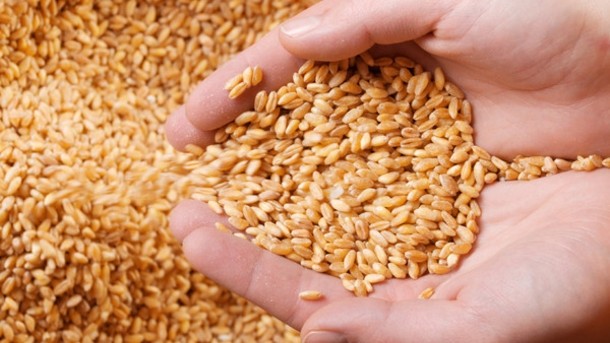Taste, habits, price and availability: Why young Singaporean adults aren’t eating whole grains

The biggest hurdles to overcome, according to a study led by Dr Iain Brownlee from Singapore’s Newcastle University, are sensory factors and dietary habits.
Writing in the journal Nutrients, Brownlee and his colleague Jia En Neo pointed out that whole grain consumption was linked to a reduction in a raft of diseases. They added: "While wholegrain food consumption appears to be increasing in Singapore, it is still low, with more infrequent consumption noted in younger Singaporeans. Therefore, the primary objective of this study is to determine the knowledge of whole grains and barriers to consumption of wholegrain foods.”
Thirty participants, aged 21–26, took part in two focus groups and trialled a range of wholegrain foods.
The focus group discussions found that sensory and habitual barriers were the most commonly cited reasons for a lack of consumption, with eight participants highlighting them. Seven participants also noted family preference, five mentioned availability and two referenced price as potential barriers.
With regard to price, participants consistently noted that wholegrain products generally cost more than refined products.
“Most participants could not relate why unprocessed products were actually more expensive,” the paper added.
Cooking skills and preparation time were also mentioned as causes for concern.
“Participants mentioned the issue of insufficient recipes and their lack of food preparation skills leading to frequent consumption of similar foods if whole grains were incorporated into the diet.
Time consuming
“Preparation time was a recurrent barrier that was mentioned in the post-familiarization focus groups. Some wholegrain products that required long cooking time and extra preparation method, such as soaking of brown rice were considered to be more time-consuming or challenging in their preparation than non-wholegrain products.”
However, more positive responses were focused around ready-to-eat wholegrain snacks, but the researchers pointed out these may have fewer nutritional benefits.
“The two-week product familiarization period significantly improved acceptability of most of the snack foods but only one of the staple food items. While snack items may be effective in improving intake of whole grains, they also tend to be higher in fat and sugar which may negate any individual- or population-level health benefits that increasing whole grain consumption could confer.”
Despite attempts to improve accessibility of whole grains in Singapore, limited availability was cited by many participants as a barrier to increased consumption.
The study concluded: “Amongst all the factors, sensory analysis and habitual dietary intake were concluded to be major barriers to increasing whole grain consumption. A short period of wholegrain product familiarization was not entirely successful in altering the taste preference of participants but it did manage to significantly improve the opinion of some wholegrain products and may be a means to encourage some individuals to incorporate them into their diets.”
Source: Nutrients
doi:10.3390/nu9040371
“Wholegrain Food Acceptance in Young Singaporean Adults”
Authors: Jia En Neo and Iain A. Brownlee
Dr Brownlee is speaking at our Food Vision Asia summit in Singapore this week. We'll have full coverage from the event online as the week progresses.






